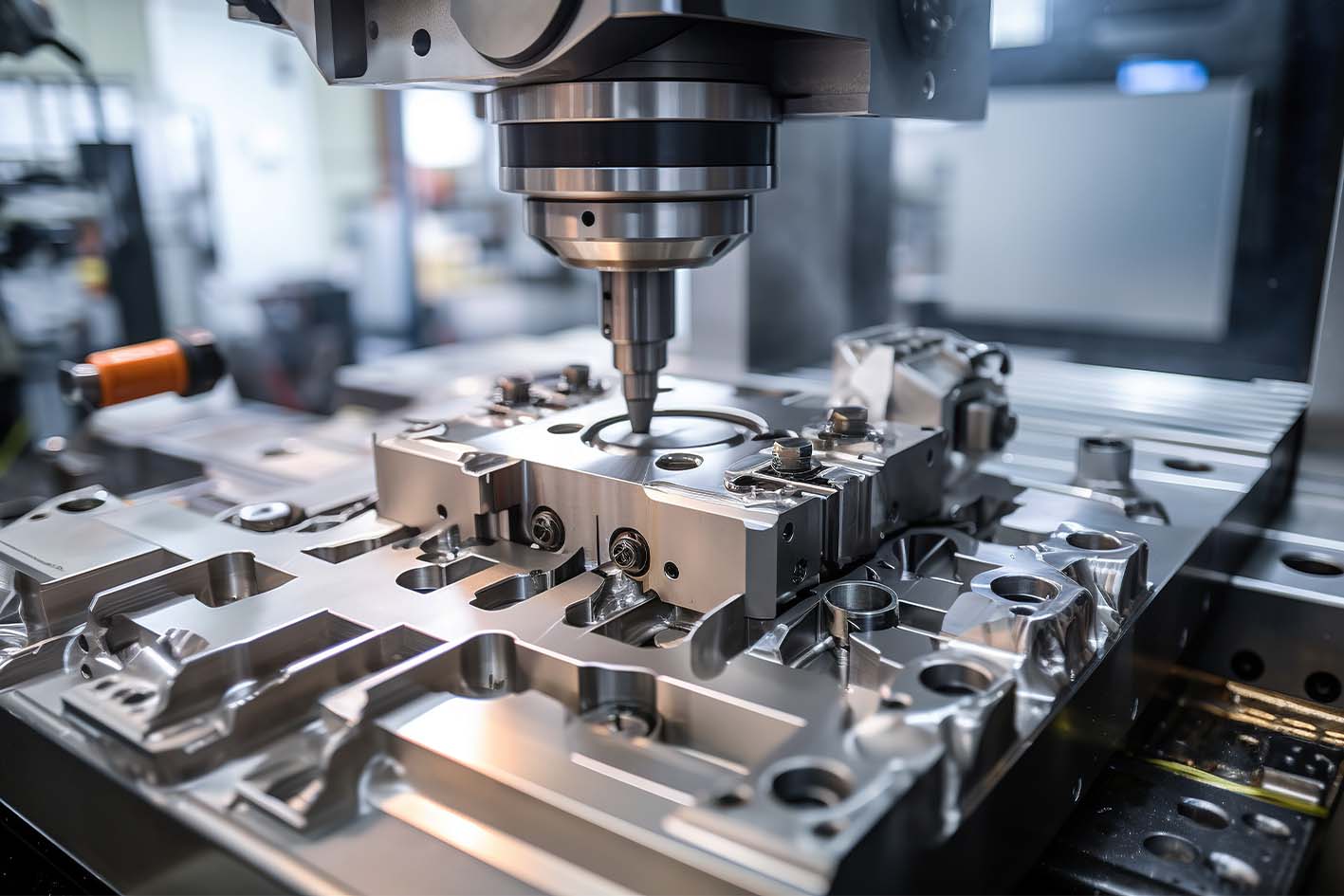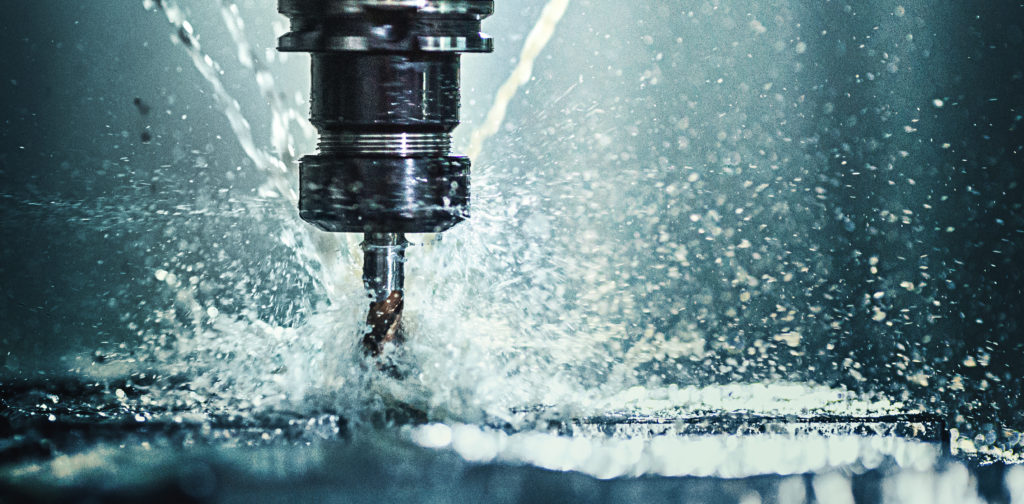Innovative Fasteners and Machining Solutions for Complex Layouts
Revealing the Complexities of Bolts and Machining Procedures for Ideal Performance
In the realm of engineering and production, the choice of bolts and the complexities of machining processes play a critical duty in establishing the best efficiency and toughness of an item. From the relatively straightforward task of picking the right sort of bolt to the facility accuracy machining methods employed, every action in this procedure needs careful interest to information. As we embark on this exploration into the world of fasteners and machining, we will certainly reveal the subtle yet important variables that can substantially influence the performance and top quality of the last product, losing light on the typically forgotten elements that can make all the difference in attaining optimum performance.

Relevance of Appropriate Bolt Selection
Picking the suitable bolts is vital in ensuring the structural integrity and longevity of any mechanical setting up. Fasteners play a fundamental role in holding elements together securely, with the best selection adding dramatically to the total efficiency and integrity of the assembly. When picking fasteners, factors such as material compatibility, environmental conditions, load-bearing capability, and convenience of installment need to be very carefully considered to guarantee optimal performance.
Improper bolt selection can cause a range of problems, consisting of loosening, deterioration, and even structural failure. Utilizing fasteners that are not suited to the particular demands of the assembly can jeopardize its performance and position security risks. Consequently, designers and developers should carefully examine the application requires and choose bolts that meet or go beyond the essential standards and specs.
Additionally, the appropriate bolt selection process includes assessing the joint layout, anticipated loads, resonance levels, and prospective thermal expansion or contraction to make sure that the selected bolts can stand up to the operating conditions effectively. By prioritizing appropriate bolt option, producers can improve the high quality, toughness, and performance of their mechanical settings up.
Kinds and Qualities of Fasteners
An essential facet of mechanical settings up depends on comprehending the varied kinds and one-of-a-kind features of bolts made use of in different commercial applications. Bolts are crucial parts that hold frameworks together, ensuring stability and performance. There is a vast range of bolts available, each designed for particular objectives based upon the application demands. Usual kinds of fasteners consist of screws, bolts, nuts, washing machines, rivets, and pins.
Screws are threaded fasteners that are commonly made use of to join 2 or more elements with each other. Bolts resemble screws but are usually utilized with a nut to develop a secure joint. Nuts are inside threaded fasteners that mate with screws to hold parts together. Washing machines are thin plates that disperse the tons of a fastener, stopping damages to the material being attached. Rivets are permanent bolts that are hammered or pushed into place. Pins are made use of for alignment or to safeguard elements briefly.
Understanding the attributes of each kind of fastener is important for choosing the right one company website for a particular application, guaranteeing ideal efficiency and reliability of the mechanical setting up. Fasteners and Machining.
Precision Machining Methods for Efficiency
The detailed layout requirements of numerous fasteners necessitate utilizing accuracy machining techniques for ideal performance in producing processes. Precision machining is crucial in ensuring that bolts satisfy the specific specifications required for their intended application. One of the main techniques made use of in accuracy machining is Computer Numerical Control (CNC) machining, which makes it possible for high levels of accuracy and repeatability in the manufacturing of bolts. CNC makers can blog performing complicated cuts and shaping operations with very little human intervention, leading to enhanced effectiveness and consistency in the production process.
In addition to CNC machining, various other precision strategies such as grinding, milling, and turning are generally utilized to accomplish the limited resistances needed for fasteners. These strategies permit makers to develop bolts with smooth surfaces, accurate measurements, and high structural integrity. By utilizing accuracy machining methods, producers can boost the high quality of fasteners, reduce material waste, and enhance total manufacturing effectiveness. The use of advanced machining procedures assists guarantee that fasteners satisfy market requirements and consumer expectations for performance and integrity.

Variables Affecting Machining Refine Performance
Various variables play a significant role in figuring out the efficiency of machining processes in the production of fasteners. The initial important element is the choice of cutting devices. Picking the ideal devices based upon the product being machined, preferred finish, and reducing rates can considerably influence the efficiency and high quality of the machining procedure. In addition, the cutting parameters such as reducing rate, feed rate, and depth of cut are important variables that affect performance. Fasteners and Machining. Enhancing these parameters based upon the certain needs of the fastener being created is key to accomplishing precise and cost-efficient machining.
Device rigidity and security also play an essential duty in identifying machining process performance. A secure maker with very little vibrations can enhance precision and stop device wear, leading to better general performance. Additionally, the ability and experience of the machine operator can not be undervalued. An educated driver can make real-time adjustments, troubleshoot issues effectively, and make certain that the machining process runs efficiently, eventually influencing the final top quality of the bolt.

Quality Control Measures in Production
Variables affecting machining process performance, such as reducing tool choice and device stability, straight effect the application of high quality control actions in manufacturing. Normal upkeep of machining equipment is also vital to copyright top quality control. By sticking to rigid top quality control actions, producers can boost consumer complete satisfaction, construct a reputation for reliability, and inevitably attain optimal efficiency in their machining procedures.
Verdict
In conclusion, picking the ideal fasteners and making use of precision machining methods are crucial for optimum efficiency in making procedures. Recognizing the types navigate to these guys and characteristics of fasteners, along with factors influencing machining process efficiency, can lead to enhanced effectiveness and quality assurance measures. By taking note of these ins and outs, producers can achieve higher levels of performance and dependability in their products.
In the world of design and production, the selection of bolts and the complexities of machining procedures play an essential function in determining the supreme performance and toughness of a product (Fasteners and Machining). One of the key strategies made use of in precision machining is Computer system Numerical Control (CNC) machining, which enables high levels of accuracy and repeatability in the production of fasteners. The usage of sophisticated machining processes assists make certain that fasteners fulfill industry criteria and customer assumptions for performance and reliability
In verdict, selecting the ideal fasteners and using accuracy machining methods are important for ideal efficiency in making processes. Recognizing the kinds and characteristics of bolts, along with variables influencing machining process performance, can lead to improved effectiveness and high quality control procedures.